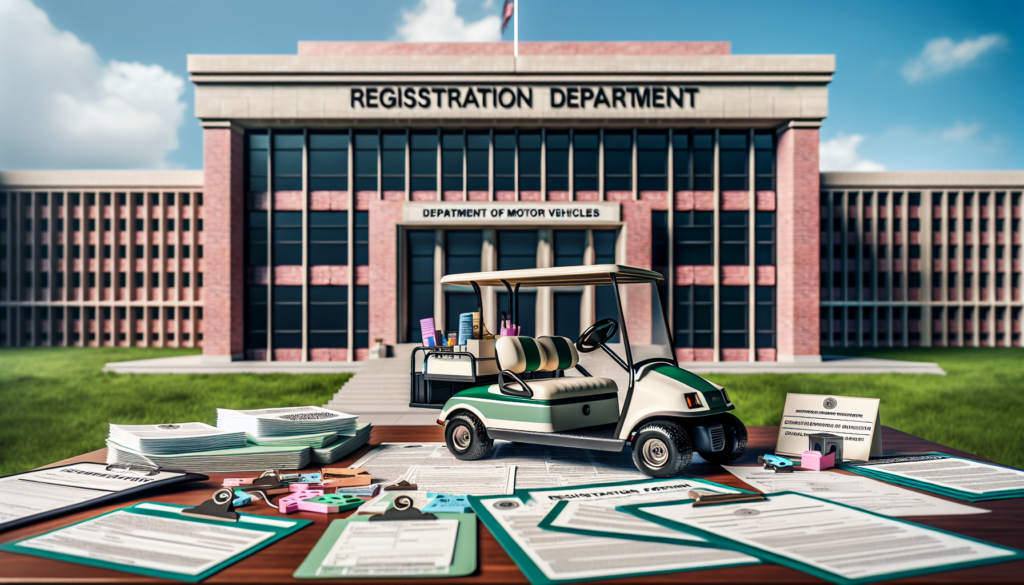Essential Paperwork Guide for Getting Permits Easily

Securing permits for construction, renovations, or land use can be daunting. Navigating the bureaucratic maze of paperwork is often where most people stumble. Understanding the essential paperwork needed is your first step to simplifying the process. Here's your comprehensive guide:
Understanding Permit Types and Requirements

Permits come in various forms:
- Building Permits
- Electrical, Plumbing, or Mechanical Permits
- Zoning Permits
- Land Use Permits
- Occupancy Permits
Each permit requires specific documentation:
Building Permits

To apply for a building permit:
- Building Plans: Detailed architectural, structural, and MEP drawings.
- Site Plan: A layout showing property boundaries, existing structures, and proposed construction.
- Owner’s Information: Contact details and proof of ownership.
- Application Forms: All necessary forms from the local jurisdiction.
📝 Note: Ensure your plans are signed by a licensed professional in some locales.
Electrical, Plumbing, or Mechanical Permits

- Detailed Layout: Clearly indicating electrical/plumbing/mechanical installations.
- Owner’s Consent: Authorizing the work.
Zoning Permits

- Zoning Compliance: Showing the project adheres to zoning laws.
Land Use Permits

- Environmental Impact Assessment: If needed.
- Approval Letters: From necessary regulatory bodies.
Occupancy Permits

- Certificate of Occupancy: Proving the building meets safety standards.
- Final Inspections Report: Confirming all systems are functional.
The key to successfully obtaining permits is not only submitting the correct documentation but ensuring it meets the standards set by your local authority.
Navigating the Application Process

The application process typically follows these steps:
Step 1: Pre-Application Meeting

Contact local authorities or attend a pre-application meeting to understand specific requirements and expedite the process.
Step 2: Prepare Your Application

- Complete and gather all necessary forms.
- Ensure your plans and documents are ready and compliant.
Step 3: Application Submission

Submit your documents either physically or online, depending on your municipality’s requirements.
Step 4: Review and Approval

The review process can take days to weeks. Local officials will assess your application to ensure compliance.
Step 5: Post-Approval Steps

After approval:
- Pay any permit fees.
- Post the permit visibly at the construction site.
Common Pitfalls and How to Avoid Them

To ensure your permit process goes smoothly:
- Inaccurate Plans: Double-check your documents with professionals to avoid technical errors.
- Missing Documentation: Compile a comprehensive list of required documents in advance.
- Misunderstanding Local Requirements: Attend informational sessions or consult with experts.
- Ignoring Timelines: Be aware of how long each step in the process might take.
- Failure to Display Permit: Ensure the permit is prominently displayed at your project site.
By anticipating these pitfalls, you can streamline your permit acquisition process significantly.
Using Digital Resources

Many municipalities now offer online portals for:
- Submitting applications
- Tracking your application status
- Paying fees
- Communication with reviewers
These digital tools can enhance efficiency, but:
🔍 Note: Ensure any online submission still meets the traditional document standards.
Dealing with Setbacks

Delays and rejections are part of the process, but you can handle them by:
- Requesting Feedback: If your application is rejected, seek detailed feedback for improvement.
- Appealing Decisions: Use the appeal process when necessary.
- Maintaining Communication: Keep in touch with your permitting office to anticipate and address issues early.
Understanding the bureaucracy involved and being proactive in addressing potential problems will reduce the likelihood of setbacks.
In this guide, we've explored the paperwork necessary for obtaining permits, the process involved, and how to avoid common mistakes. It's crucial to:
- Identify the type of permit needed.
- Prepare accurate and compliant documentation.
- Navigate the application process with patience.
- Use digital resources to your advantage.
Remember, while the process might seem overwhelming, a systematic approach, combined with patience and persistence, will make obtaining permits more manageable. The journey to starting your project begins with understanding and mastering the permit paperwork.
Why do I need permits?
+Permits ensure that construction and land use comply with local building codes, zoning regulations, and safety standards, protecting public health and safety.
Can I apply for permits myself or do I need a professional?
+While you can apply for permits yourself, complex projects might benefit from the expertise of architects, engineers, or permit expediters.
What happens if I start work without a permit?
+You might face fines, stop-work orders, or even legal issues if you proceed without the necessary permits. It’s crucial to secure permits first.



